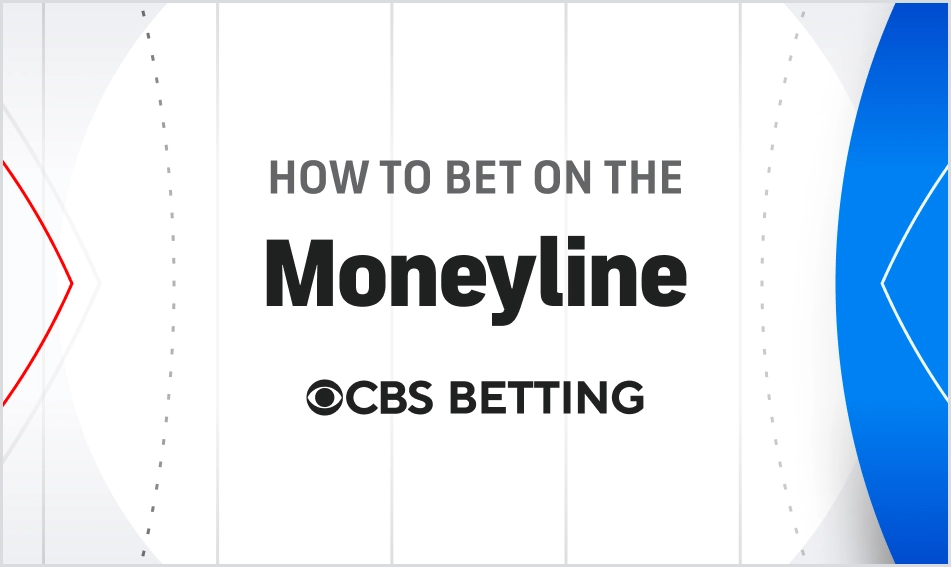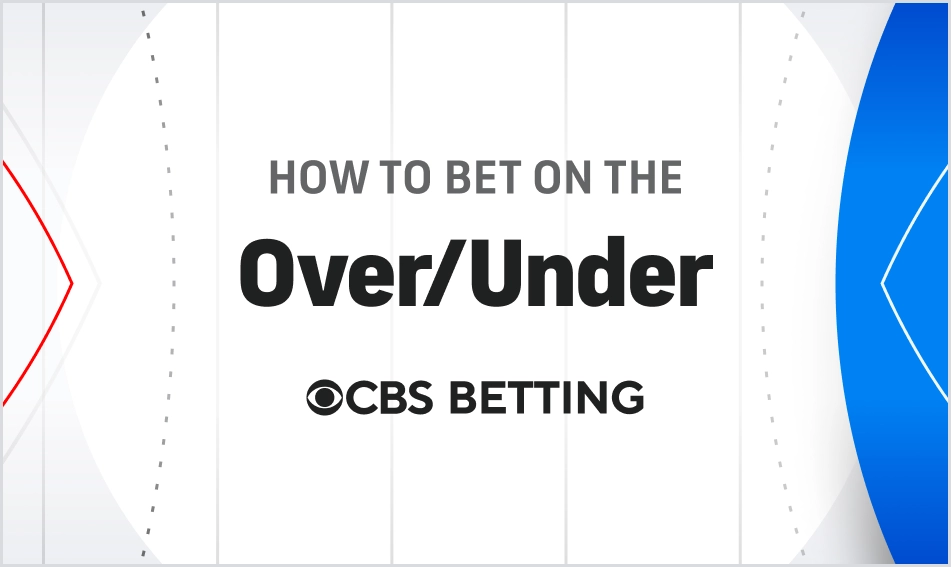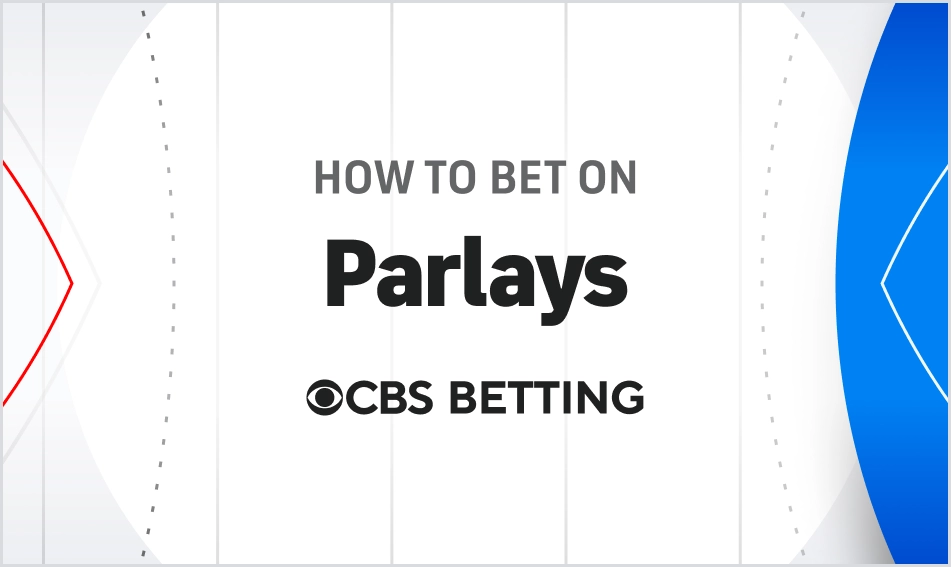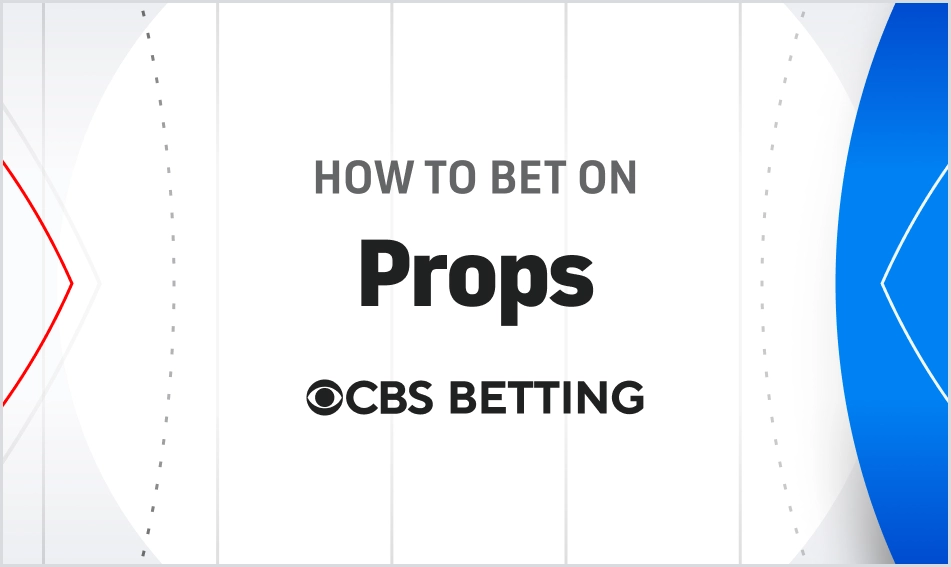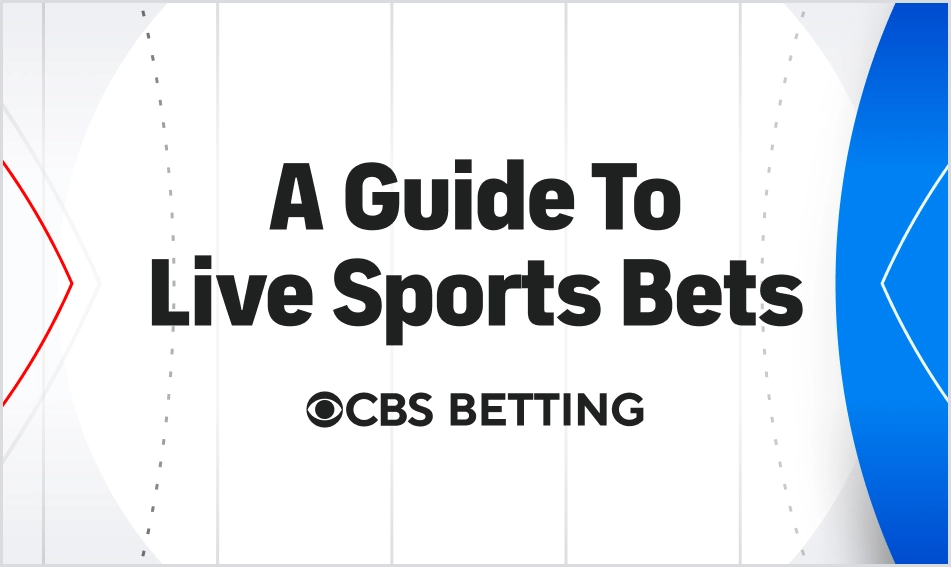Point Spread Betting Guide
Content on this page may include affiliate links. If you click and sign up/place a wager, we may receive compensation at no cost to you.

Point spread betting is one of the most common forms of sports betting and this guide will help you learn everything you need to know about how to bet on the spread.
What is a point spread bet?
Point spread betting is one of the most common sports betting wagers. When you bet on a point spread, you are betting on a team to “cover the spread” against a certain number of points. This page will explain what a point spread is and how to read it.
As an example, you might have two teams competing against one another in a game. The favorite will give up points against the spread, while the underdog will be given points. The point spread is a mechanism that brings the teams close to an even chance of being declared winner of the bet.
If the favorite is expected to win a game by six points, they will get a -6 spread, while the underdog receives +6. For the favorite to cover, they must win the game by more than six points. A push occurs if the final score sees the favorite win by exactly six points. The underdog covers the spread if they lose by fewer than six points or win the game.
Often, the odds attached to both sides of a spread are -110, but vary by sport. This is because the spread evens the playing field between the team perceived as more likely to win and its opponent. This differs from a bet like a moneyline, where you simply wager on the winner. While potential winnings from a spread bet are limited, point spread betting can be highly profitable if done correctly.
Must be 21+ and physically present in AZ, CO, IL, IN, IA, KS, KY, LA, ME, MD, MA, MI, NJ, NY, NC, OH, PA, TN, VA, WV, WY or Washington, DC. New users only. Must register using eligible promo code. Min. qualifying bet amount: $1. Tokens max. bet amount: $25 per token. Tokens bet max. add’l winnings: $2,500 per token. Token(s) expire 14 days after receipt. Not reissued for voided/pushed bets. Void where prohibited. See Caesars.com/promos for full terms. Know When To Stop Before You Start®. Gambling Problem? CO, IL, KY, MD, MI, NJ, OH, TN, VA, WV, WY, Washington, D.C. (OLG Class A licensed Operator), KS (Affiliated with Kansas Crossing Casino), LA (Licensed through Horseshoe Bossier City and Caesars New Orleans), ME (Licensed through the Mi’kmaq Nation, Penobscot Nation, and Houlton Band of Maliseet Indians, federally recognized tribes located in the State of Maine), NC (Licensed through Tribal Casino Gaming Enterprise), PA (Affiliated with Harrah’s Philadelphia): If you or someone you know has a gambling problem, crisis counseling and referral services can be accessed by calling 1-800-GAMBLER (1-800-426-2537) or MD: visit mdgamblinghelp.org or WV: visit 1800gambler.net; AZ: Call 1-800-NEXT-STEP; IN: Call 1-800-9-WITH-IT; IA: Call 1-800-BETSOFF. Data & text rates may apply. Gambling Problem? Call 1-800-GAMBLER, MA: Call 1-800-327-5050 or visit gamblinghelplinema.org, NY: Call 877-8-HOPENY or text HOPENY (467369).
Validated on: December 26, 2024
How do you read point spread odds?
Sportsbooks will list a line for the point spread as well as the odds they’re offering on each side of the wager. In football and basketball, those odds are typically offered at around -110 on both sides but can vary. In a league like MLB, the spread (called a run line) will almost always be 1.5 and the sportsbooks will adjust the odds to correlate with the moneyline.
For example, an NBA spread might open at +7 and -7 on both sides. However, if news comes out that the favored team’s star player is injured, this might move the point spread to something like +4.5 and -4.5 for the underdog and favorite, respectively. This adjustment directly results from the news impacting the projected final score.
This example means that the betting market now believes the favorite has as good a chance to win the game by 4.5 points as it does to fail to win by more than 4.5 points, when prior to the line shifting the same could be said about winning or failing to win by more than 7. The point of the spread is to set a line where the result has about an equal chance of falling on both sides.
21+ (18+ D.C.) and present in AZ, CO, CT, DC, IA, IL IN, KS (in affiliation with Kansas Star Casino), KY, LA (excluding certain perishes), MA, MD, MI, NC, NJ, NY, OH, PA, TN, VA, VT, WV, or WY. Void where prohibited. First online real money wager only. $5 first deposit required. Bonus issued as nonwithdrawable bonus bets that expire 7 days after receipt. Restrictions apply. See terms at sportsbook.fanduel.com. Data & text rates may apply. Gambling Problem? Call 1-800-GAMBLER or visit RG-help.com. Call 1-888-789-7777 or visit ccpg.org/chat (CT). Hope is here. GamblingHelpLineMA.org or call (800) 327-5050 for 24/7 support (MA). Visit www.mdgamblinghelp.org (MD). Call 1-877-8HOPE-NY or text HOPENY (467369) (NY).
Point spread betting across the major sports
Point spread betting can take many different forms. While major sports like football and basketball have standard spreads, baseball and hockey each have their version of a spread. Let’s examine some examples of how point spread betting works across major sports.
Football
In NFL betting, the point spread works in standard fashion. The favorite is forced to surrender points against the spread while the underdog receives the same number of points.
We can see a spread listed as Texans -6.5 and Colts +6.5. If the Texans win by seven or more points, they cover. If the Colts either lose by 6 or fewer points or win the game, then they cover. Here is a look at some possible final score situations:

| Hypothetical final score | Result against the spread |
|---|---|
| Texans 28, Colts 21 | Texans cover -6.5 |
| Texans 24, Colts 21 | Colts cover +6.5 |
Basketball
Just like in football, NBA betting also has a standard spread. Let’s look at an example.
Say the Milwaukee Bucks are favored by 12 points against the Charlotte Hornets. For the Bucks to cover, they must win by 13 or more points. For the Hornets to cover, they must win outright or lose by fewer than 12 points. The spread “pushes” if the final score is a 12-point Bucks win.

| Hypothetical final score | Result against the spread |
|---|---|
| Bucks 125, Hornets 106 | Bucks cover -12 |
| Bucks 125, Hornets 113 | Spread pushes |
| Bucks 125, Hornets 120 | Hornets cover +12 |
Baseball
Across all MLB and college baseball games, you will see a run line instead of a spread. The reason for this difference between baseball compared to basketball or football is the relatively low-scoring nature of baseball.
In most cases, the run line will be +/- 1.5 runs. If a massive amount on the moneyline favors one team, you might see +/- 2.5 runs, although this is rare. In baseball, odds aren’t typically even on the run line either because it’s hard to adequately draw both sides close.
For example, the Atlanta Braves might be favored on the run line of -1.5 against the San Diego Padres at +130 odds. The Padres get +1.5 on the run line at -155 odds. The Braves must win by two or more runs to cover the run line. For the Padres to cover the run line, they must either win outright or lose by one run.

| Hypothetical final score | Result against the run line |
|---|---|
| Braves 8, Padres 6 | Braves cover -1.5 |
| Braves 8, Padres 7 | Padres cover +1.5 |
Hockey
Like in baseball, you won’t see a standard spread in hockey betting markets like the NHL. Instead, there is a puck line in hockey. The puck line is typically 1.5 goals but can be 2.5 in lopsided matchups.
For example, suppose the Boston Bruins are favorites on the puck line against the Pittsburgh Penguins. The Bruins draw -1.5 goals at -110 odds, with the Penguins drawing +1.5 goals at -110 odds. So, the Bruins must win by at least two goals to cover the puck line. The Penguins must either lose by exactly one goal or win the game to cover the puck line.

| Hypothetical final score | Result against the puck line |
|---|---|
| Bruins 3, Penguins 1 | Bruins cover -1.5 |
| Penguins 3, Bruins 2 | Penguins cover +1.5 |
21+ only. First Bet Offer for new customers only. Min. first deposit of $10. Subject to eligibility requirements. Rewards are non-withdrawable bonus bets that expire in 7 days. Bonus bets amount equals lost stake up to $1500. Must be physically located in NC, NJ, IN, WV, DC, CO, PA, MI, IA, AZ, LA, TN, IL, VA, MD, MS, WY, MA, KS, OH, or KY. Void where prohibited. In partnership with Kansas Crossing Casino and Hotel. See BetMGM.com for Terms. US promotional offers not available in Mississippi, New York, Nevada, Ontario, or Puerto Rico. Please Gamble Responsibly. Call 1-800-NEXT-STEP or text NEXTSTEP to 53342 (AZ), 1-800-BETS-OFF (IA), 1-800-981-0023 (PR). Data & text rates may apply. Gambling problem? Call 1-800-GAMBLER (Available in the US) Call 877-8-HOPENY or text HOPENY (467369) (NY) Call 1-800-327-5050 (MA).
Validated on: December 26, 2024
What strategies should you use when betting on point spreads?
Shop around
It’s always a good idea to shop around before placing your bets, and point spreads are no different. In fact, every half-point difference in a point spread can make a huge difference between winning and losing your bets. Might as well spend a few extra minutes checking out the lines at multiple sportsbooks in order to maximize your potential winnings.
Additionally, be sure to shop around to make sure you are taking advantage of the top sportsbook promotions. You can earn large amounts of credit in bonus bets at various sportsbooks, both for new and existing customers. Don’t let these opportunities pass you by.
Create your own betting lines
Also mentioned in our sports betting strategies guide, this strategy is especially pertinent to point spread betting. If you feel strongly about your perception of teams’ value, you should be able to predict what you think the line should be. If the actual line differs significantly from your projected line, there will be perceived value on that line.
The more experience you have betting on point spreads, the sharper your lines will be.
Understand key numbers
In football, the key point spread numbers are 3, 7, and 10. Why? Because they are the most common margins of victory. Approximately 15% of NFL games are determined by three points.
With these numbers being key, you want the spread to be in your favor. If the Cowboys are favored by 3 points at DraftKings and by 3.5 at FanDuel, backing them at three gives you a big advantage if you believe they will cover since, if the game ends with the Cowboys winning by exactly three points, the bet placed at DraftKings would be ruled a push (meaning you get your money back) while the bet placed at FanDuel would be ruled a loss.
There are other permutations of this scenario which could be the difference between a push and a win, as well.
Is the point spread a valuable bet?
Point spread betting in football and basketball involves making wagers that are generally perceived as close to coin-flip situations by the betting market at the time the wagers are made. While the spread gives each side close to a 50% chance of hitting, the odds on each side mean you must win more than 50% of the time to profit. For example, bets with -110 odds need to hit at least 52.4% of the time to profit.
Whether a moneyline bet hits can be much more variable because of the long odds on underdog teams (they can also be likelier to win when you bet on the favorite). This doesn’t exist with spreads. The odds you’ll see with spreads are always going to be close to -110. There is always potential loss involved in betting, and betting the spread is right in the middle of a “safe” bet on a moneyline favorite and a long shot on a moneyline underdog.
Can you parlay point spread bets?
Yes, you can parlay point spread bets. This is one of the most common ways to create parlays. A parlay is a bet that combines multiple wagers onto one ticket, exponentially increasing your potential payout for every additional bet you add.
Parlays work well for point spreads and allow you to put all your favorite spread wagers across all games into one bet. Parlays carry an inherent possibility of loss, but the longer the odds, the more potential winnings you can receive.
21+ only. First Bet Offer for new customers only. Min. first deposit of $10. Subject to eligibility requirements. Rewards are non-withdrawable bonus bets that expire in 7 days. Bonus bets amount equals lost stake up to $1500. Must be physically located in NC, NJ, IN, WV, DC, CO, PA, MI, IA, AZ, LA, TN, IL, VA, MD, MS, WY, MA, KS, OH, or KY. Void where prohibited. In partnership with Kansas Crossing Casino and Hotel. See BetMGM.com for Terms. US promotional offers not available in Mississippi, New York, Nevada, Ontario, or Puerto Rico. Please Gamble Responsibly. Call 1-800-NEXT-STEP or text NEXTSTEP to 53342 (AZ), 1-800-BETS-OFF (IA), 1-800-981-0023 (PR). Data & text rates may apply. Gambling problem? Call 1-800-GAMBLER (Available in the US) Call 877-8-HOPENY or text HOPENY (467369) (NY) Call 1-800-327-5050 (MA).
Validated on: December 26, 2024
A deeper dive into the point spread
Point spread betting is relatively simple once you completely understand it. However, learning anything new can be overwhelming initially. Let’s discuss:
How are the lines determined?
The spreads themselves are determined by oddsmakers at leading online sportsbooks. Some sportsbooks typically run millions of simulations of a game and uses the average of the final score from each simulation as its spread.
How and when do lines move?
Lines can move for numerous reasons. The main reason is that sharp bettors tend to place spreads on NFL games soon after they are released each Sunday night (for the following week’s games). If betting action skews toward one side, that essentially informs the sportsbooks that their lines are mispriced, so they adjust accordingly.
This also happens when big news drops, such as an injury to a star player. The sportsbooks will adjust the line and the betting market reacts accordingly, and a similar process which occurs Sunday night will ensue as the sportsbooks react to the betting action.
How do sportsbooks make money on point spread bets?
Sportsbooks make money by being precise with the lines they set for point spreads in totality. Accuracy with their point spreads over a large scale means they will make money on the combined “juice” offered on each side of a point spread, but books may also take positions on some games where they feel confident in their position versus how the market is projecting the outcome.
FAQ
When a game ends on the exact line of the spread, a “push” occurs. This is only possible when a spread is a whole number like -6 or +7. When you place a bet that pushes, you don’t win or lose; you receive your bet back.
When you wager on a moneyline, you bet on a team to win a game outright. When you bet on a point spread, you are betting either on the favorite to win by a larger margin than the point spread or the underdog to either win outright or lose by a smaller margin than the point spread.
Most online sportsbooks do have some sort of minimum or maximum for how much you can bet or win on a point spread bet. The exact amounts vary across sportsbooks.
Point spreads are constantly changing to reflect the current landscape of the game’s outlook by the betting market. News, injuries and handle numbers can cause the sportsbook to change the spread number quickly.
You can bet on point spreads at any reputable online sportsbook. For point spread betting, we recommend using sites like FanDuel, DraftKings, BetMGM, Caesars Sportsbook, Fanatics Sportsbook, bet365 and BetRivers.

